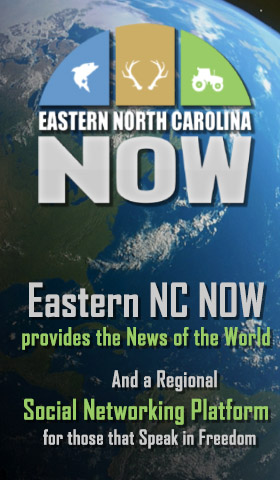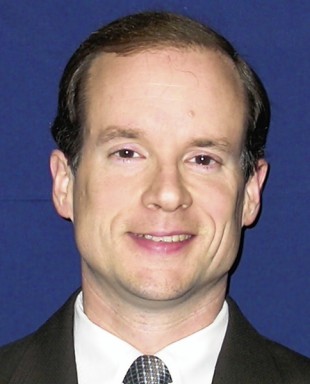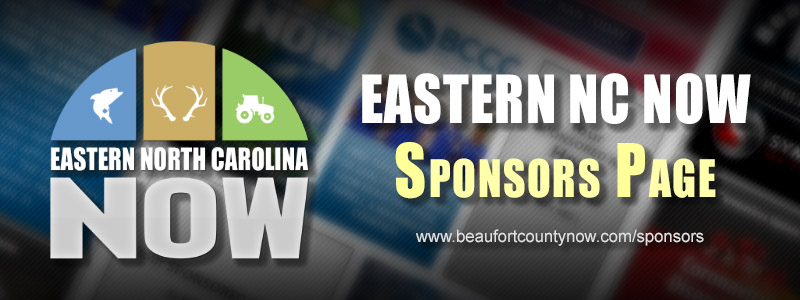Publisher's note: This article appeared on John Hood's daily column in the Carolina Journal, which, because of Author / Publisher Hood, is linked to the John Locke Foundation.
John Hood, president of the John Locke Foundation.
RALEIGH — How is North Carolina's economy doing? That is always an important question. During election season, however, it takes on added significance. Fairly or not, voters often hold incumbent politicians responsible for the condition and recent performance of the economy.
While voters know their own situations better than anyone else could, they typically rely on news coverage of government statistics to draw conclusions about the broader economy. So releases of such statistics as job creation, unemployment rates, and gross domestic product (GDP) are now actively "spun," as partisan favoring incumbents look for the best news out of the data and partisans favoring challengers look for the worst news.
In reality, most statistics are too limited, dated, or fuzzy to fit comfortably into either side's electoral frame. There is also the problem of who really constitutes the incumbent and the challenger in a particular situation. In the case of North Carolina's U.S. Senate race between Democratic incumbent Kay Hagan and Republican nominee Thom Tillis, it is Hagan who sounds more like the challenger — as if she were trying to replace Tillis as speaker of the state house. Thus her supporters tend to talk down North Carolina's recent economic performance. Tillis supporters, in turn, tend to talk it up.
That reverses the dynamic at the national level, where supporters of President Obama have pointed to declining jobless rates and stronger job growth in recent months while Republicans emphasized the nation's historically low rates of labor-force participation and wage growth.
Look at what happened a few days ago when the U.S. Bureau of Labor Statistics released preliminary labor-market data for August and revised data for July. Democratic operatives and liberal commentators immediately trumpeted North Carolina's weak performance on the household survey, which showed a rise in the state's jobless rate to 6.8 percent in August, up from 6.4 percent in July and 6.2 percent as recently as April. The household data also show declining labor-force participation over the past three months.
However, the household survey is only one of two that BLS releases every month — the less reliable one, actually. It has a relatively small sample and tends to bounce around. The larger sample, known as the payroll survey, tells a very different story. North Carolina employers had a net gain of 14,000 jobs in August alone. July's gain was also revised upward, to 16,000. Over the past 12 months, North Carolina's job-creation rate of 2.4 percent beat the national (1.8 percent) and regional (1.6 percent) averages. Indeed, it was the second-highest growth rate in the Southeast, behind only Florida's 2.8 percent rate.
Rather than play a game of pick-your-statistic, the best course is to take all of them into consideration. Fortunately, a data series from the Federal Reserve Bank of Philadelphia allows us to do just that. Every month, its researchers use four statistics — payroll employment, the unemployment rate, inflation-adjusted wages, and average hours worked in manufacturing — to create a "
coincident index" for each state's economy. Over time, these index values track with the broadest economic measure, GDP.
From August 2013 to August 2014, North Carolina's index rose 3.6 percent, compared to the national average gain of 3 percent and the regional average gain of 2.6 percent. Among Southeastern states, only Kentucky had faster growth by this measure.
Want a longer-term trend? Since 2010, North Carolina's index has gone up 11.5 percent, again surpassing the national and regional averages. From 2000 to 2010, by contrast, our state's anemic growth rate lagged behind the U.S. and Southeast. Yes, North Carolina's current economic recovery is weaker than past ones have been. But that's a national phenomenon. Comparatively, the state is doing pretty well.
The coincident index is a good real-time alternative to cherry-picking the economic statistic that best fits one's expectations or rhetorical needs. Politicians and campaigns won't be giving up their ladders and pails anytime soon, I realize. But it's not too much to ask that journalists avoid following suit. Voters deserve a full and fair account of economic news — especially if, as happened last month, the news resists simplification into a single, blaring headline.


























